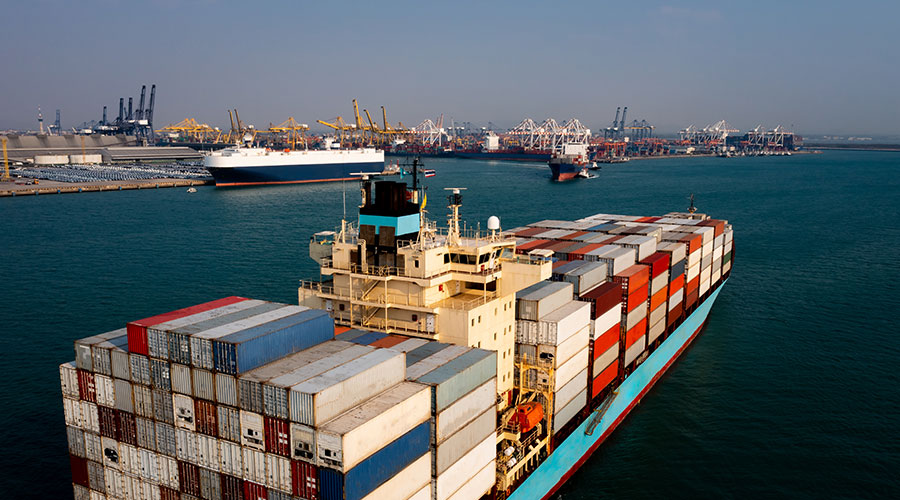


Super large freight forwarders pointed out that in order to hoard the goods after the lunar year, the large container ship companies of the shipping alliance have recently notified the adjustment of the actual price of the United States West, the United States East and Europe line - the ratio of the long contract price and the spot price, and the freight rate continues to decline.
Specifically, the price of each large box of Meisei is adjusted to $3400-3500, which is $200 lower than before; The United States East is 4600-4800 US dollars, revised down by 300 US dollars; The European line is $2,500, revised down by $500. As the first quarter is usually the market off-season, freight rates are expected to bottom out at the end of March to early April, and this view has also been agreed by the head of a large freight forwarding company.
At present, non-alliance shipping companies charge $3,000 per large box in the West. According to the senior management of the shipping company, the cost of each large container ship sailing to the West of the United States is about $1,600; On an 8,000-box container ship, the cost is about $2,000. For smaller vessels, costs vary depending on ownership or charter and acquisition costs, with some vessels costing as much as $2,800 - $3,000 per box. In addition, the oil price is also one of the main factors affecting the cost.
Big freight forwarders believe Trump's tariffs will have a much smaller impact on the market than his predecessor's because many companies have already moved ahead. While Trump's rhetoric is often alarming, in practice he is relatively rational and practical measures are often tempered. However, shipping companies have become familiar with stabilizing rates through capacity adjustments in recent years, and may take measures such as drastic shifts reductions to avoid rates falling below the cost line. But if the Red Sea crisis is resolved quickly, freight rates may fall rapidly due to overcapacity, making it difficult to hold the cost line.
Analysts in the shipping industry pointed out that in addition to the decrease in shipments and the natural downward revision of prices due to the close of the year, the lifting of the strike crisis in the East of the United States has also restored normal order to the market.
In addition, various uncertainties brought about by the new president of the United States have also increased market volatility. It is expected that freight rates will continue to revise downward in the lunar New Year, and this wave of correction will not show signs of rebound until at least March.
The two major factors that supported freight rates last year - the strike in the East of the United States and the war in the Middle East and other variables have subsided, so in the case of less goods before the annual holiday, everyone is cutting prices to receive goods, resulting in the first quarter more difficult to pull up freight rates, may need to wait until the second quarter to have the opportunity to flip.





